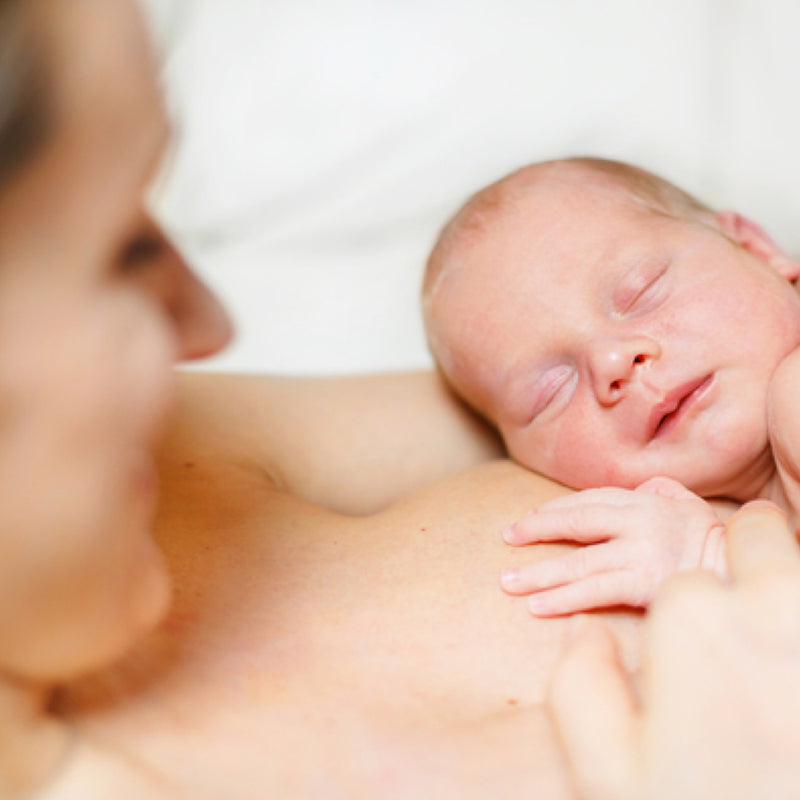After the birth of your baby there is a period of healing and physical adjustment from the effects of pregnancy as well as from your labour or delivery.
During pregnancy, there is increased pressure on the pelvic floor from your growing baby, placenta and extra fluid.
A vaginal delivery or an emergency caesarean, that progresses as far as stage 2 or the pushing stage of labour, can put further strain on the pelvic floor as your baby passes through the birth canal and the pelvic floor muscles and perineum are stretched.
An episiotomy, which is a surgical incision of the perineum, or a vaginal tear may also occur during this second stage of labour and will require time for recovery.
Tips for Recovering from Pregnancy and Birth
In the first 48 hours after a vaginal delivery, R I C E treatment to the perineum is recommended. R I C E is an acronym for Rest, Ice, Compression and Elevation.
In the first week postpartum, avoid being on your feet for more than 15 minutes at a time. And whenever possible, try to rest horizontally, to minimise the pressure of gravity and your internal organs, on the recovering pelvic floor and perineum.
In addition, use the log roll method when getting out of bed.
- While lying on your back, bend your knees.
- Roll onto your side. Keep your shoulders and hips together as a unit as you roll.
- Place your bottom hand underneath your shoulder. Place your top hand in front of you at chest level. Slowly raise your body as you lower your legs toward the floor.
You can use frozen condoms or maternity pads (wet them and then put in freezer) to help with perineal pain. Use one until it thaws and repeat every 2 to 3 hours.
Use supportive undergarments. Shapewear or medical grade compression shorts or leggings that provide compression and support around your pelvic floor.
Try lying on your tummy with one or two pillows.
An elective caesarean delivery requires rehabilitation from the incision through the abdominal muscles and connective tissues.
Recovering from a Caesarean Birth
In the first 48 hours after a caesarean delivery the same rest and compression rules apply. To recap…
Avoid being on your feet for more than 15 minutes at a time. And whenever possible, try to rest horizontally, to minimise the pressure on your recovering pelvic floor and perineum.
In addition, use the log roll method when getting out of bed.
Use supportive undergarments. Shapewear or medical grade compression shorts or leggings that provide compression on the incision site.
The first few weeks with a new baby can be very difficult, especially if it is your first. Your body is establishing breastfeeding and coping with lifestyle changes that are both psychologically and physically demanding.
The first 6 weeks are critical for recovery as your internal soft tissue is healing. Use all the support you can from family and friends and get as much rest as possible.
Lying down is better than sitting, and sitting is better than standing.
Take a Load Off
Avoid being on your feet for more than 15 minutes at any one time in the first week after birth; 20 minutes in the 2nd week; 30 minutes in the 3rd week; 40 mins in the 4th week; 50 mins in the 5th week and no more than 60 minutes at any one time by the 6th week.
A physiotherapist will be able to guide you as to when you can resume sport and more vigorous activities – after your pelvic floor muscle function has been assessed.
Written by: Hillary Schwantzer, Women's Health Physiotherapist
Our Products
-
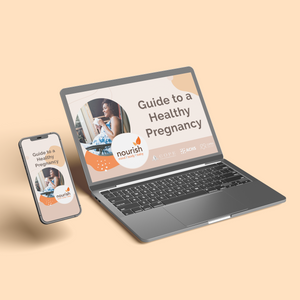
01. Guide to a Healthy Pregnancy
$55 -
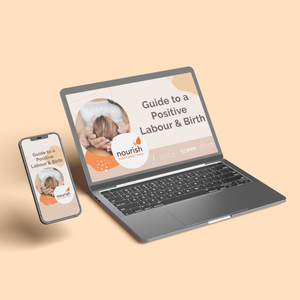
02. Positive Birthing Course
$55 -
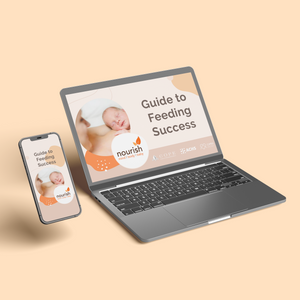
03. Infant Feeding Guide
$55 -
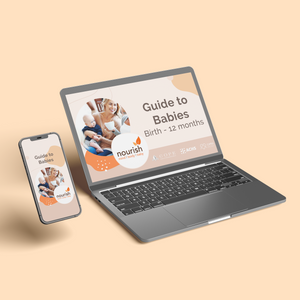
04. Baby Sleep Guide - First 12 Months
$55 -
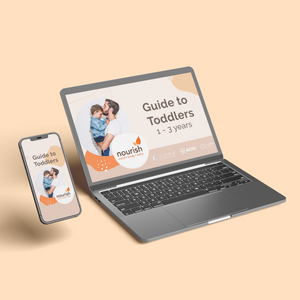
05. Toddler Parenting Course 1 - 3 Years
$55
-
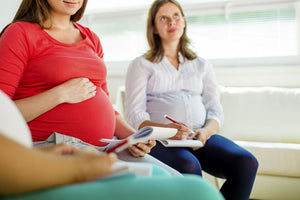 When to Start Antenatal Classes?
When to Start Antenatal Classes?
Becoming a parent is an incredible milestone, but it comes with a host of changes that can be daunting, especially for first time parents. Antenatal classes are all about offering expectant parents the education they need to make informed decisions, look after their bodies and care for their newborn babies. While you probably already have a long list of things you need to accomplish during your pregnancy, it’s a good idea to make time to attend antenatal classes.
-
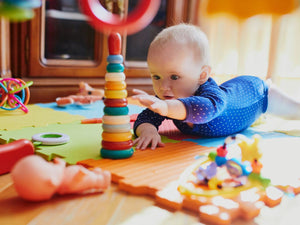 Development Milestones 4-8 Months
Development Milestones 4-8 Months
As they reach the middle of their first year, you'll start to see bigger leaps in their growth and ability!
In this article, we’re going to discuss your baby’s developmental milestones between 4-8 months, and what you can expect along the way.






 When to Start Antenatal Classes?
When to Start Antenatal Classes?
 Development Milestones 4-8 Months
Development Milestones 4-8 Months



